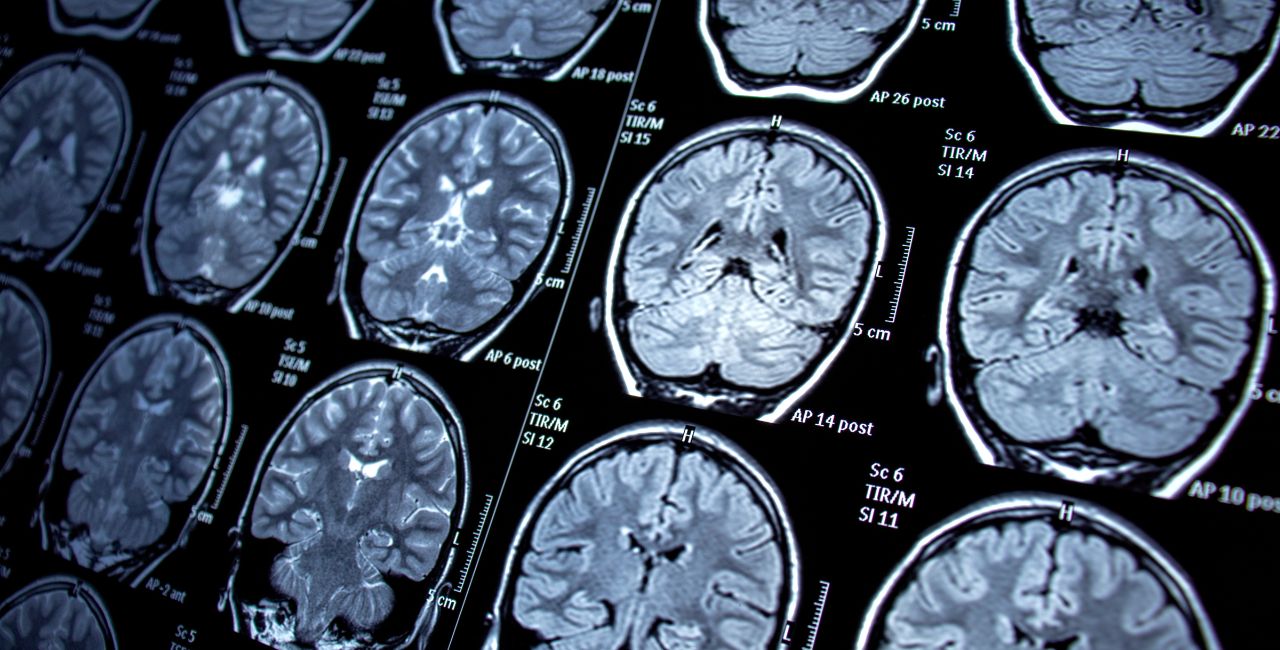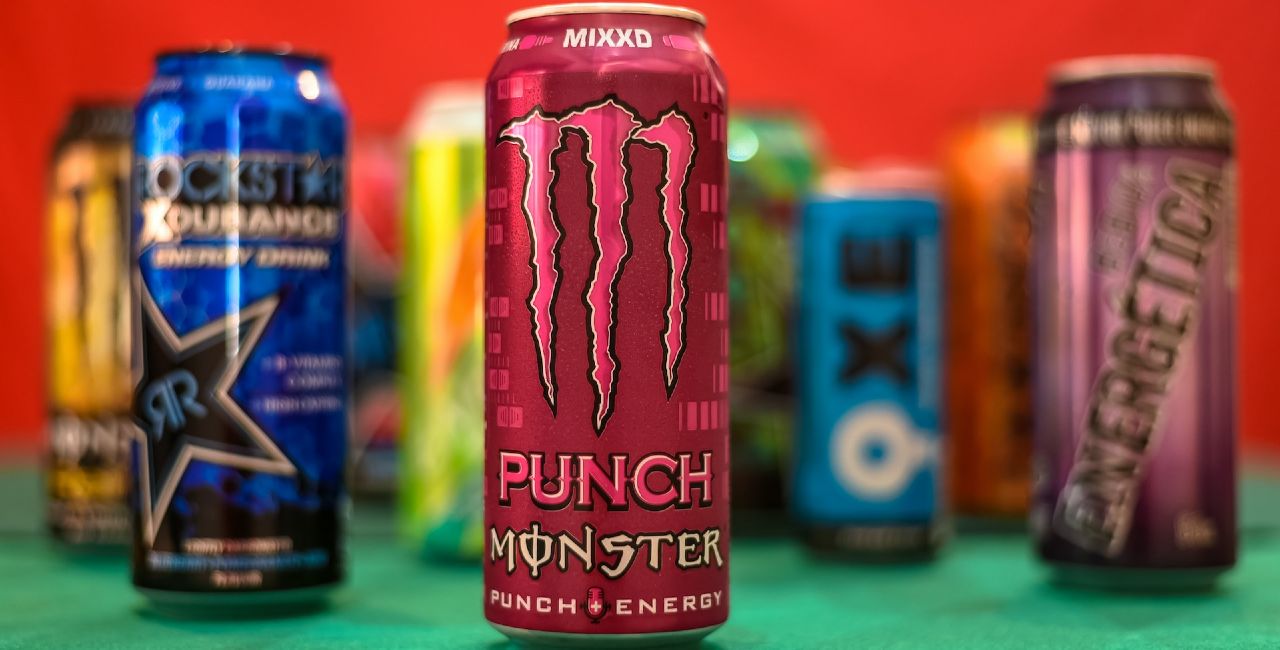Lennox-Gastaut syndrome (LGS) stands as one of the more severe forms of epilepsy, casting a shadow over the lives of those it affects. This debilitating condition typically manifests in early childhood, often before the age of four, and brings with it a myriad of challenges that extend beyond the frequent and varied seizures.
With a lack of alternative treatments for Lennox-Gastaut syndrome, it is estimated to impact one to two million people. Beyond its physical manifestations, LGS often carries with it developmental delays, behavioral disturbances, and a specific pattern of brain activity that can be identified through an electroencephalogram.
As we discuss the intricacies of this syndrome below, it’s evident that more research is needed to better understand this disease’s intricacies. It as such devastating effects for those living with it and their families that new alternative treatments for Lennox-Gastaut syndrome options are urgently needed.
Characteristics of Lennox-Gastaut Syndrome
Lennox-Gastaut syndrome is characterized by a diverse range of seizure types, making its management particularly challenging.

Here’s a closer look at the seizures experienced by those with LGS, according to the National Institute of Neurological Disorders and Stroke (NINDS):
Tonic Seizures
These are characterized by the sudden muscle stiffening. The person might fall to the ground if standing, and these seizures often occur during sleep. The eyes may roll upwards, pupils may dilate, and altered breathing patterns can be observed.
Atypical Absences
Unlike typical absence seizures that involve brief lapses in consciousness, atypical absences in LGS are longer and may be accompanied by a drop in muscle tone or other noticeable changes in behavior.
Atonic Seizures
Also known as “drop attacks,” these seizures involve a sudden and brief loss of muscle tone. This can cause the person to collapse, leading to potential injuries, especially to the head.
Myoclonic Seizures
These manifest as sudden, brief muscle jerks. They might be subtle or forceful enough to cause the person to drop what they’re holding.
Generalized Tonic-Clonic Seizures
Previously known as “grand mal” seizures, these involve a combination of muscle stiffening and rhythmic jerking. They can last for several minutes and are often followed by a period of confusion and fatigue.
Beyond the seizures, many individuals with LGS face developmental and behavioral challenges. Developmental delays are common, with some children showing signs of intellectual disability even before the onset of seizures. As they grow, these children might also exhibit behavioral disturbances, ranging from hyperactivity and aggression to autistic-like behaviors.
A hallmark of LGS is a specific pattern observed on an electroencephalogram (EEG). This test, which measures electrical activity in the brain, often shows a slow spike-and-wave pattern during wakefulness and generalized paroxysmal fast activity during sleep. These distinctive EEG patterns, combined with the clinical presentation, aid in diagnosing LGS.
Lennox-Gastaut Syndrome: Causes and Risk Factors
The exact cause of Lennox-Gastaut syndrome remains elusive, but several factors that might contribute to its onset have been identified. Known possible triggers include:
- Brain malformations
- Tuberous sclerosis
- Perinatal asphyxia
- Severe head injuries
- Central nervous system infections
Additionally, according to the NINDS, certain genetic and inherited conditions can predispose an individual to LGS. However, it’s worth noting that in a significant number of cases, experts can’t pinpoint a no specific cause, which underscores the complexity of this syndrome.
Understanding the potential causes and risk factors is crucial, as it can guide diagnostic procedures and therapeutic interventions. Moreover, recognizing these factors can also aid in early detection and management, potentially mitigating some of the severe outcomes associated with LGS.
What Are the (Alternative) Treatments for Lennox-Gastaut syndrome
Treating Lennox-Gastaut syndrome is notably challenging due to the diverse range of seizure types and the often refractory nature of the seizures. This means the seizures in LGS often don’t respond well to standard antiepileptic drugs. However, physicans have discovered several treatment modalities which may offer some relief to those affected.
Anticonvulsant Medications
These remain the cornerstone of LGS management. Some of the commonly prescribed medications include:
- Cannabidiol (Epidolex): A relatively new addition to the treatment arsenal, this pharmaceutical-grade CBD has shown promise in potentially reducing the frequency of seizures in LGS patients.
- Valproate: Often one of the first lines of treatment, people have found it effective for various seizure types associated with LGS.
- Clobazam: This benzodiazepine may be effective, especially when combined with other antiepileptic drugs.
- Topiramate: This antiepileptic drug can be effective for some LGS patients, but like all medications, it comes with its own potential side effects.
Alternative Treatment Modalities
- Ketogenic Diet: Dietians and physicians have found a high-fat, low-carbohydrate diet can reduce seizure frequency in some individuals with LGS. The exact mechanism remains unclear, but experts believe that the production of ketones, which the brain uses for energy in the absence of glucose, plays a role.
- Vagus Nerve Stimulation (VNS): This involves implanting a device that sends electrical impulses to the vagus nerve. Then it transmits these impulses to the brain. VNS can reduce the frequency and severity of seizures in some LGS patients.
Despite these available treatments, the management of LGS remains a significant challenge. There’s a pressing need for more research to uncover new and more effective treatment alternatives.
For families and individuals grappling with LGS, the hope lies in the medical community’s ongoing efforts to better understand the syndrome and find innovative ways to alleviate its impact.
Urgent Need for Alternative Treatments for Lennox-Gastaut Syndrome
Lennox-Gastaut syndrome, with its onset in early childhood and myriad associated challenges, underscores the profound complexities of neurological disorders. From its diverse seizure types to the often untraceable causes, LGS remains a puzzle researchers are still trying to piece together.
While current treatment options offer some respite, they are far from a panacea, highlighting the urgent need for innovative therapeutic interventions. Early diagnosis and timely intervention are paramount. And just for symptom management but for enhancing the overall quality of life for affected individuals and their families.
As we forge ahead, our collective hope rests on the pursuit of new alternative treatment options to transform the lives of those grappling with Lennox-Gastaut syndrome.




